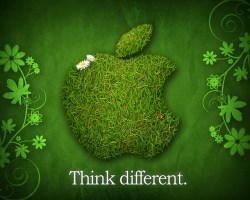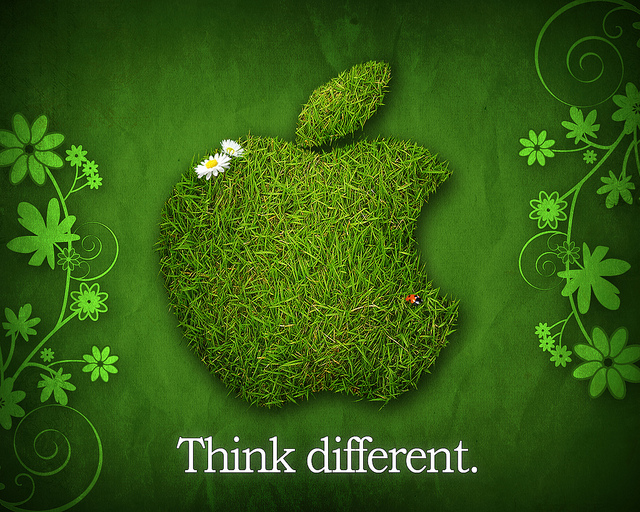
Image by Earl Wilkerson.
Last week, Apple pulled its products from the EPEAT environmental registry.
Times change. From Mashable:
It’s probably the fastest policy reversal in Apple’s history. After a week of being pilloried for withdrawing from the EPEAT registry — a set of environmental standards for tech products — the Cupertino giant has changed course.
The announcement came in a letter from Bob Mansfield, Apple veteran and the soon-to-retire senior VP of engineering. “We’ve recently heard from many loyal Apple customers who were disappointed to learn that we had removed our products from the EPEAT rating system,” he wrote. “I recognize that this was a mistake. Starting today, all eligible Apple products are back on EPEAT.”
The reversal comes shortly after San Francisco vowed to stop buying Apple products in response to Apple’s decision.
Incidentally, the key phrase in the Apple statement is, “all eligible products.” It was generally understood that changes in how Apple manufactures its laptops that prompted the withdrawal in the first place. By gluing batteries and screens in place — as it does in its new Retina Display MacBook Pro — the company makes it harder for recyclers to remove and resell these parts.
But that change doesn’t seem to have had an impact after all. EPEAT now lists 40 Apple products under its standard — including a “gold” rating for the new MacBook Pro.
Update: Forbes explains why the new MacBook gets a “gold” rating.
Kyle explains: “It’s important to understand that the manufacturers grade themselves against the EPEAT criteria first, and then EPEAT conducts a review of this grading. That EPEAT review has not yet occurred. They can require the manufacturers to remove any product from the registry if it is not found to conform to the IEEE standard.”
That does make it easier.



